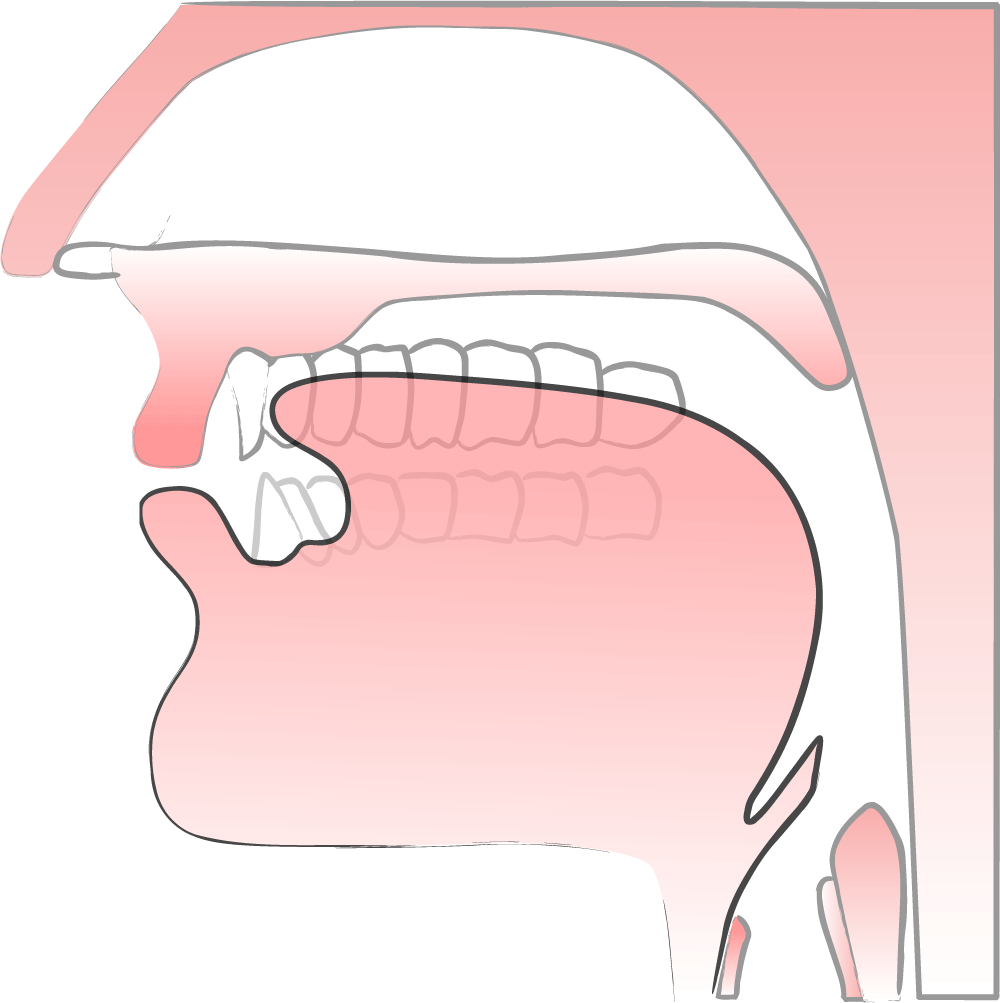Introduction to Fricatives > How to pronounce ’voiced and unvoiced th’ /ð,θ/> Common ’voiced and unvoiced th’ spellings /θ, ð/ > Practice pronouncing ’voiced th’ /ð/ > Practice pronouncing ’unvoiced th’ /θ/
How to pronounce the voiced and unvoiced 'th sounds' /ð,θ/
"Voiced and Unvoiced th sound' Illustration
The 'voiced th' /ð/ and 'unvoiced th' /θ/ sounds are the only pair of English sounds that share a single, common spelling. For that reason, the 'th sounds' are presented together in this ESL/ELL pronunciation lesson.
With the exception of being voiced or unvoiced, the /ð/ and /θ/ are nearly identical; the tip of the tongue is placed behind the top front teeth. The friction occurs between the tip of the tongue and the top front teeth. Subtle friction may also occur between the top of the front of the tongue and the tooth ridge. The lips are kept relaxed during the production of both 'th sounds.'
An alternative method of producing the 'th sounds' is to place the tip of the tongue between the top and bottom front teeth. While this method will produce the correct sound, it often creates difficulties transitioning to and from other sounds. This is because the tongue needs to be so much further forward when between the front teeth as compared to behind the top front teeth.
The 'th sounds' are continuous consonants, meaning that they should be capable of being held for a few seconds with even and smooth pronunciation for the entire duration. Because the sounds are fricatives, the majority of the sound comes from the friction of the air traveling through a small opening in the vocal tract.
Listen to the 'th sounds'
Continue learning about the 'th sounds'
- Learn the common 'th sound' spellings
- Practice the 'voiced th' /ð/ and 'unvoiced th' /θ/ with these listen and repeat words.
the description for the th sounds and all the other sounds of english is in Pronunciation Pages!




